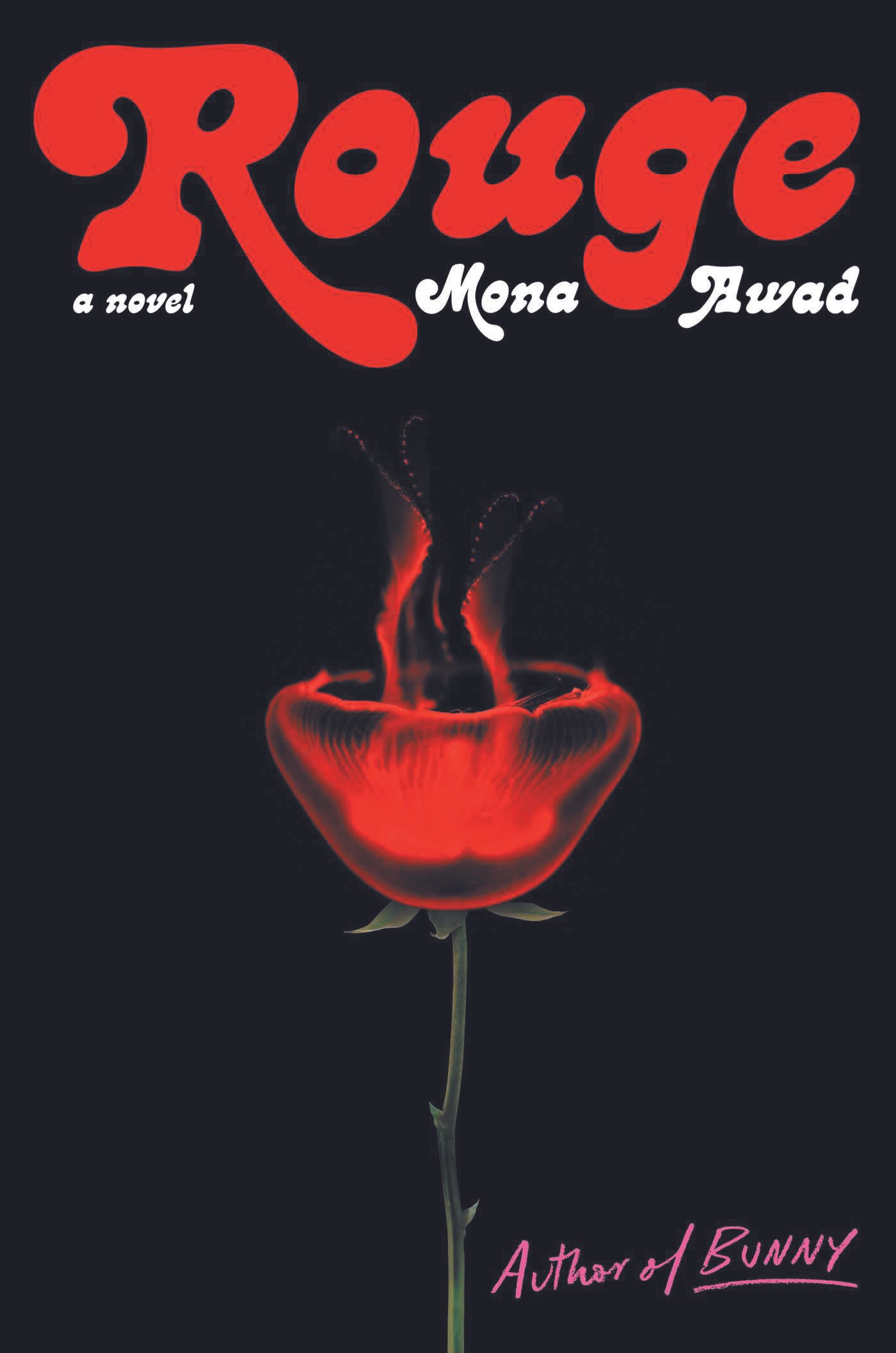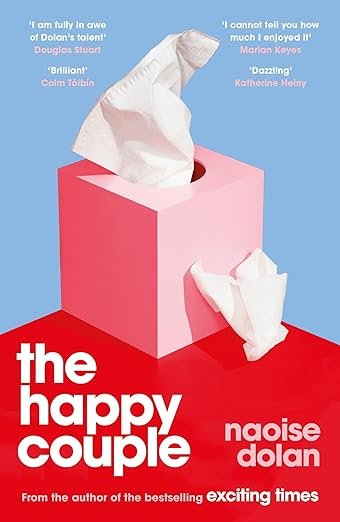Rouge, Mona Awad
“As a reader, you give Awad your hand and she pulls you into her underworld. Lines are constantly blurred between reality and the surreal.”
Rouge, its title reminiscent of the Moulin Rouge, follows the adventures of Montreal-born Mirabelle. She has recently lost her mother and is left to sort her affairs in California, where she must deal with her absence after being the object of scrutiny her whole life. I entered blind, having not read Bunny, a fan favourite. Ultimately, I was drawn to Rouge by its statement cover (turn it upside down!), due to my simple affinity with the colour red, and red it certainly contained, in every imaginable way.
This gothic horror more than flirts with the supernatural and frequently dips head-first into fantasy. It draws from classic fairy tales like Snow White and Alice and Wonderland with its mirror imagery, the central mother-daughter relationship, mind-altering substances, and its dream-like atmosphere. It’s like the hazy purgatory between sleep and wakefulness. In short, it’s a trip.
I’d argue that Rouge is not a far cry from Jennette McCurdy’s memoir I’m Glad My Mom Died. This came to mind before the fairy tales, as they both explore complex grief and the slow unravelling of a daughter’s identity formerly tied to her mother’s. That said, Awad’s is a standalone fiction piece with a specific device at the forefront: skincare, inspired by the author’s previous compulsion to watch skincare videos and the cognitive effects they had on her.
Rouge is often fast paced. Prepare to be swept through rose bushes, plunged into the sea and thrown into dark wardrobes. As a reader, you give Awad your hand and she pulls you into her underworld. Lines are constantly blurred between reality and the surreal. Recognisable names feature, but not in ways that you might expect. Sometimes I was lost, but so is the narrator, Mirabelle. There is plenty of repetition, perhaps reflecting her increasingly unstable mind, and at some points, you may doubt whether you trust Mirabelle’s narration at all.
The colour palette, mainly consisting of reds, blacks and whites, mixes into almost everything, creating a visceral sense of synaesthesia, and placing the aesthetics as the fabric of each setting. Awad paints striking pictures with crisp description; it’s cinematic by nature.
Rouge is like drinking a shot of sweet-smelling perfume, thinking it’s strawberry juice. Mirabelle’s world is seductive on the surface, but there’s something gnarly and deeply unsettling underneath the allure, which Awad does not let readers forget.
Editorial Picks




